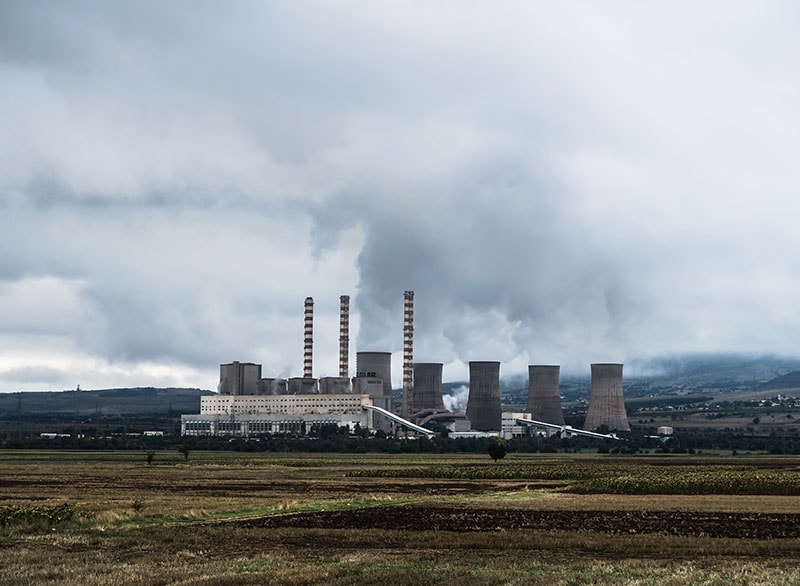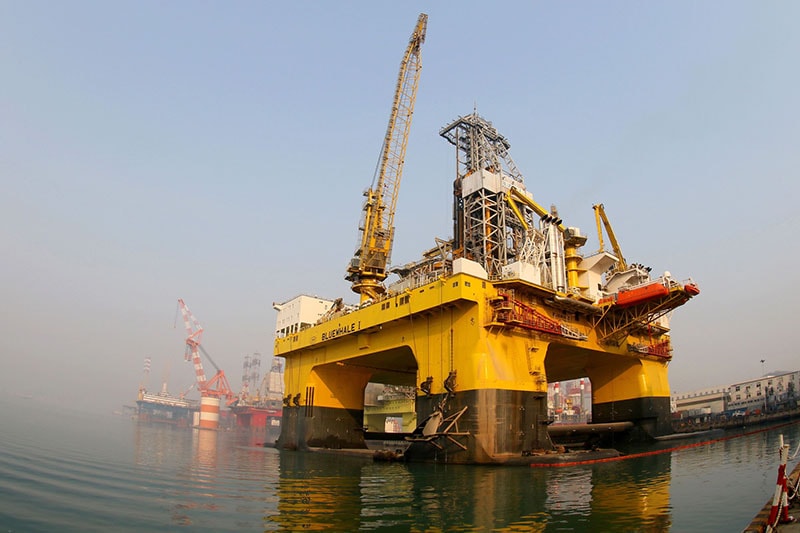Fossil fuels like oil, coal and natural gas are our primary source of energy. Yet, oil and coal impose great threats to our planet as its use can generate vast amounts of pollution. An operating coal plant can release sulfur dioxide, nitrogen oxide, carbon dioxide among many other poisonous components like arsenic or lead.

Other approaches to greener energy sources have been attempted. However, even Solar power or Eolic power are not viable solutions for all countries due to its high cost. Many developed countries offer heavy subsidies for green energy, but the situation is different for countries with stronger poverty levels such as India or China, where extensive use of these green technologies can impose a real logistical and economic challenge for these countries.
Luckily, there is progress in the search for alternative energy sources. Chinese engineers have managed to successfully extract “flammable ice” under the South China Sea, potentially leading to a global energy revolution.
Why is this finding so important?
China represents the largest energy consumer and carbon dioxide emitter in our planet, surpassing the United States since 2006. This situation was mainly originated from burning oil and coal, which due to its low price, allowed Chinese economy to grow. Sadly, this also brought grave consequences for our environment, and lead to many Chinese cities now suffering from disastrous results like poisonous levels of smog. “Flammable Ice” represents a greener alternative which can potentially help the fight against carbon emissions and decrease pollution.

What is “flammable ice”?
This potential game-changer in the energy industry is actually called methane hydrate. It is commonly referred to “flammable ice” as its appearance resembles ice. However, “flammable ice” is methane, natural gas, trapped inside a frozen mesh of water molecules. When burnt, Methane hydrates, also called gas hydrates or methane clathrates, produces 50% fewer carbon emissions than coal, making them an excellent alternative for energy generation.
Hydrates are white and similar to regular ice, but we should not be fool by their appearance as hydrates are a highly energy-intensive fuel that ignites with the same ease to that of solid ethanol. This type of fuel is found in sediments under the ocean floor, at depths between 500 and 3000 meters, or under the permafrost on land. It occurs as a result of a biological or thermogenic activity created from geological processes deeper within the earth. Hydrates require an environment with temperatures below 10 degrees Celsius and 30 times more atmospheric pressure than our normal environment to be formed. Yet, these conditions also allow the fuel to be densely packed with one cubic meter of hydrates releasing 164 cubic meters of natural gas.
In addition to its energy efficiency and lower carbon emissions, many scientists believe that there are copious reserves of “flammable ice” all around the world, surpassing all other fossil fuels reserves combined. Nevertheless, there are still some technological and environmental obstacles preventing the industry from further developing at this moment.

The good, the bad and hope for a greener world
This type of fuel was discovered in the north of Russia during the 1960s, but research on extraction only began in the last decade. Larger quantities of “Flammable ice” were found in the Artic permafrost and the Antarctic ice, the north of Alaska and Canada, and beneath the South China Sea. Albeit in lower concentrations, the fuel can be commonly found all across continental margins.
Countries like India, South Korea, U.S., Canada, and Japan have also shown keen interest in this fuel, with the last three nations leading the research on it. Like China, Japan has also attempted to extract the fuel as the country presents a high dependency on natural gas imports and nuclear power, causing concerns regarding energy costs and the safety of nuclear plants. In 2013, Japan used a ship to successfully extract the fuel from sea floors in the Shima Peninsula Nevertheless, the amount of fuel extracted was considerably lower than Chinese efforts.

To accomplish their goal, China has been researching methane hydrates for the last twenty years. Chinese officials were able to successfully develop a floating platform that allowed a continuous and more efficient extraction of the fuel, obtaining as much as 35,000 cubic meters of gas per day and potentially creating possibilities for its commercialization. Nevertheless, the process is far from perfection and selling of the fuel is not expected before 2025 as the cost of extraction is still considerably higher than its alternatives.
One major drawback for its expansion and successful commercialization is the threat that methane imposes to the environment if it is not extracted properly as methane can contribute to greenhouse gases 36 times more than carbon dioxide, when released to the atmosphere in its pure state. However, this belief has also been refuted by Norwegian and German scientists. USGS biogeochemist John Pohlman also disagrees with these claims and even suggests that methane could even have a cooling effect on the atmosphere.

On the other hand, the abundance of methane hydrates and the lower emissions when burnt make it a great option to replace more harming fuels like oil and coal. Moreover, if China succeeds in developing a profitable method of extraction, this new option could boost the development of emerging economies which are still in need of energy but cannot afford expensive renewable sources like solar panels or wind turbines such as India or China itself, two of the biggest polluters in the world.
In conclusion, methane hydrates present a greener alternative than other standard fossil fuels. Although we still need to investigate more thoroughly its impact on the environment such as the effects of extractions in the marine ecology or potential outcomes of methane leaking into the atmosphere, we can safely say that this alternative gives us hope as it can potentially decrease carbon emission in our planet considerably.








